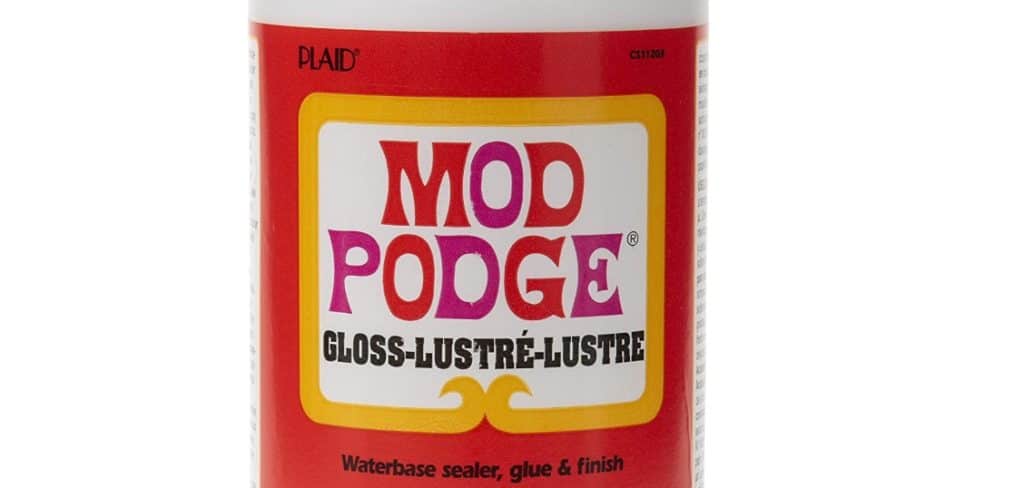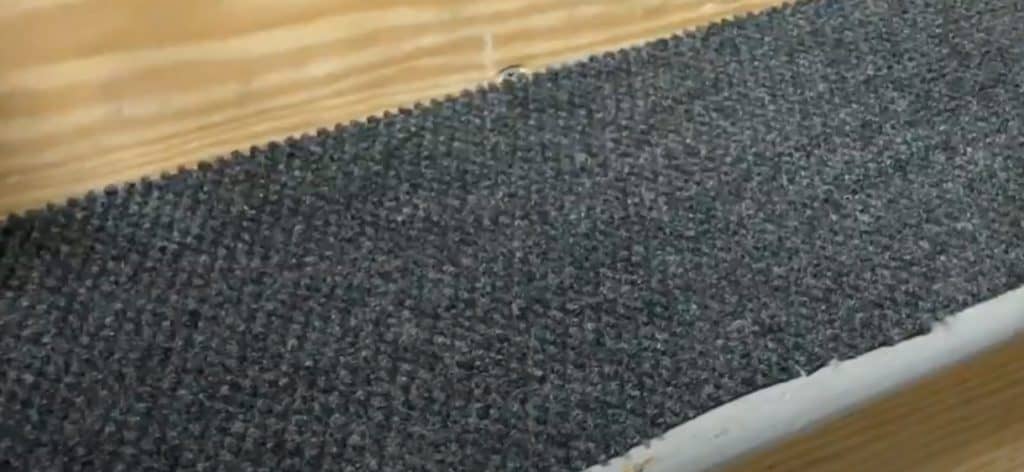Fabric placed on wood can come out as beautifully designed pieces of craft. But attaching a woven material to a wooden surface may prove to be a huge challenge if the bond is not strong enough. In that case, the fabric may come off easily bringing your decorative plans to naught. The most common way of fastening fabric to wood is through staples or flat-headed nails designed especially for this purpose.
However, this method may sometimes work, while at other times it may not. Because if these not-so-eye-catching little pieces of metal fasteners show up on the outside, they may completely ruin the aesthetic value of your furniture or other handiwork. Also, you may not realize. But any sudden pull on the fabric during dusting, or otherwise too, may cause the nails to pierce holes into the cloth. This may result in the fabric either tearing apart completely or gradually wearing away over a period.
Is there an alternative to this?
The best way to avoid the above situations is by using glue the attach fabric on the wood. But by glue, we do not mean any regular crafting glue or Elmer’s glue. To prevent the fabric from peeling off the wood, or developing stains if the glue spreads through it, you need a more robust, sustainable bonding agent.
In this article we will recommend the best glue available for binding fabric and wood together.

Mod Podge
Mod Podge is the most widely used multi-surface glue that can hold fabric and wood in perfect unison. It is a PVA (polyvinyl acetate) glue and falls in the category of school and wood glues. It has a comparatively higher water content than most glues people use.
Available in both matte and gloss versions, it works well with plastic, paper, felt, cardboard and ribbon. But like every other product, Mod Podge also has its pros and cons, so let’s look at the strengths and weaknesses of Mod Podge to better understand its usefulness.
Mod Podge sells for about $5 for 8 oz.
Strengths
- Forms a strong protective layer: Once applied, this versatile glue can act as a very strong bond between the fabric and the wood. Mod Podge can also be used as a sealant or a finishing coat. The strong, protective layer this versatile glue forms can safeguard the materials it is applied to against any potential damage.
- Safe for use: Mod Podge is non-toxic and safe for everyone, including pets and children. This product is also food-safe which means it can be unhesitatingly used with food being around. This glue is also both fume-less and odorless.
- Dries quick and clean: When applied, this product looks white and opaque. But it becomes transparent on drying up. Its quick-drying formula allows this glue to be applied in multiple layers, when needed.
- Easy to clean: If there is any extra glue around the surface it has been applied to, you easily clean it up with soap and water while it is still wet.
Weaknesses
Some of its weaknesses may include:
- May not be suitable for all materials
- More expensive compared to regular PVA-based glues
- Regular Mod Podges are not water-proof
In case Mod Podge is not available for you due to some reason, you can order alternatives like the ones below.
Mod Podge Alternatives
Polymat 777
Polymat 777 comes in the form of a spray can and is designed for professional and industrial use.
Strengths
- Can be used on metal, wood, fabric, cardboard etc.
- Is environment-friendly and contains no chlorinated solvents (CFCs).
- Dries up quickly.
- Offers good temperature resistance.
Weaknesses
- The sprayer may not work properly sometimes.
- The spray may leave blotches on light colored fabric.
E6000 Craft Adhesive
Known for its exceptional durability and strength, E6000 adhesive is ideal for bonding wood, ceramics, plastic, glass, fabric, rubber etc.
Strengths
- Non-combustible
- Provides a flexible hold
- Can be used on photographs
- Safe to print printable items glued with this product
- Safe to wash and dry washable items glued with this product in washing machines and dryers
- Temperature resistant
- Water-proof
Weaknesses
- Has a strong smell
- Its high viscosity/thickness may not allow the glue to go completely invisible even after drying up.
How To Apply Mod Podge
- Before applying the glue, make sure the surface is clean and dry.
- Shake the bottle well before use to ensure the contents of the glue are well mixed.
- Instead of a brush, apply the glue with a brush applicator, roller applicator, or a not-in-use credit card for a smoother finish.
- Since the glue contains a very high amount of water, make sure you apply it in thin layers over the fabric.
- If you are planning to apply multiple coats, let the previous coats dry up completely before applying the next.
- You can also apply a protective layer of coating over the surface of your finished work to prevent any rip or tear. But before you do this, ensure the coats you applied below are totally dry.
- After you are done, remove any glue spills from the surface of your furniture or piece of craft with a damp cloth before the excess glue dries up.
Conclusion
There are alternatives to Mod Podge surely when it comes to gluing objects together like we have seen above. But when it comes to adhering fabric to wood, Mod Podge scores way above the rest.

